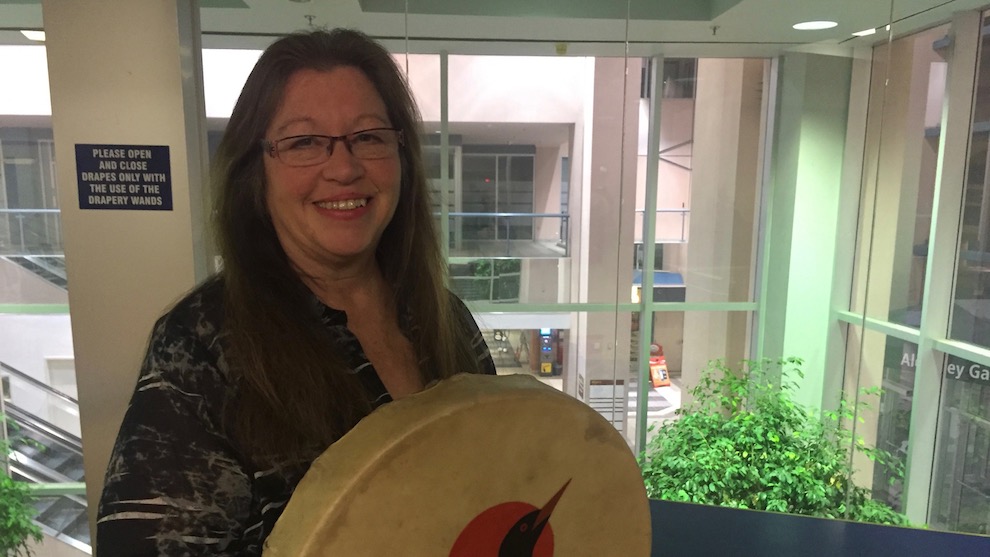Halifax Explosion
Filmmaker remembers Mi’kmaq deaths in Halifax Explosion
Mi’kmaq community along the Dartmouth shore was devastated by the 1917 blast

caption
Mi’kmaq filmmaker Catherine Martin told Turtle Grove’s history at the Alderney Gate Public Library on Thursday.
caption
Mi’kmaq filmmaker Catherine Martin told Turtle Grove’s history at the Alderney Gate Public Library on Thursday.After discovering her great uncle, Henry Cope of Turtle Grove, was killed at age 12 during the Halifax Explosion, Catherine Martin knew she had to tell his story.
Martin is a documentary filmmaker and member of Millbrook First Nation. She spoke to more than 60 people at a public commemoration for the Mi’kmaq community of Turtle Grove on Thursday. The event was held at Alderney Gate Public Library in Dartmouth.
“I’ve always, as a storyteller, wanted our stories told from our perspective,” she said in an interview after the event. “And so far our history hasn’t been told, not from us.”
Turtle Grove, called Kebeceque by those who lived there, was a small community on the Dartmouth shore. It was obliterated in the Dec. 6, 1917, explosion. Related stories
At the time of the blast, there was a bit of tension between the Mi’kmaq and their neighbours. Settler communities near the village didn’t want the First Nations group there, Martin said. She added that the Mi’kmaq were considered “unsightly” and were believed to have brought down property value.
“So not only is it a story of tragedy, but it’s a story of racism and discrimination in the treatment of the Mi’kmaq and other people,” said Martin. “It’s a typical story of the Mi’kmaq at that time.”
Mi’kmaq people experienced significant discrimination in the early 20th century, particularly through the cultural assimilation forced on them by residential schools. Martin finds telling a Mi’kmaq perspective of the explosion is important because the whole truth is out there for everyone to hear and understand.
“It keeps getting told by non-native people,” she said. “And I think it’s an injustice to everybody.”
Martin’s talk was organized in collaboration with Halifax’s Narratives in Space + Time Society (NiS+TS), which creates projects that involve mobile media and walking. They have worked with Martin to incorporate the history of the Halifax Explosion, as Turtle Grove experienced it, into a virtual guided walking tour. This is done through their app, Drifts.
Mary Elizabeth Luka, a member of NiS+TS, said in an interview that bringing Turtle Grove into their Across the Narrows walk came naturally. They wanted to include as much as they could of the “debris field” along the harbour’s shoreline.
“It became clear that that particular story was not our story to tell. So we got Catherine Martin involved very early on in that,” she said.
At the talk, Martin encouraged everyone to tell their own stories with honesty, as “we have to tell the truth and live up to the real history of this world, this land.”
Martin believes that by telling her family’s story, she can help contribute to that truth. She said this will help ensure that Mi’kmaq children who were neglected by history, such as her great-uncle, are not forgotten.

